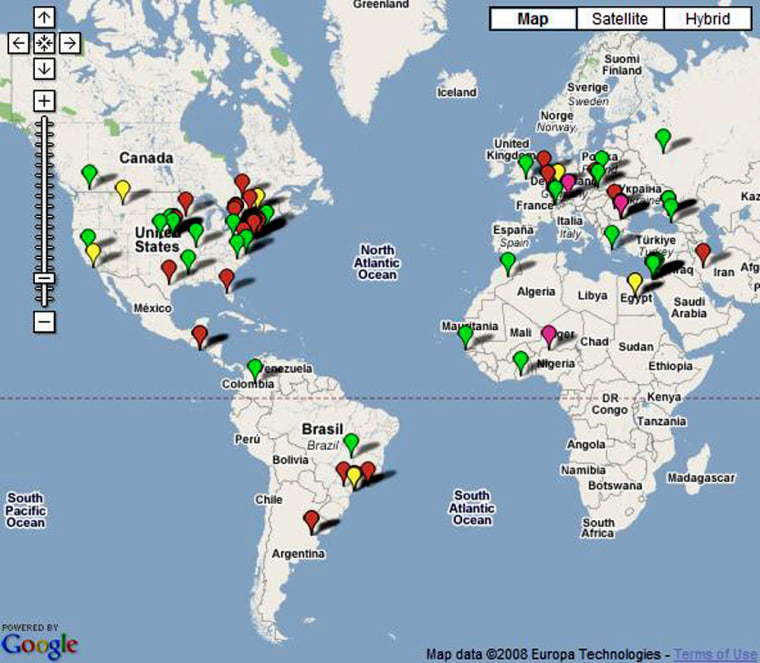You’re pounding the keyboard, double-clicking away, sighing and grumbling, but to no avail: That devilish little hourglass icon refuses to give way to the Web site you’re trying to reach. Most Internet users have encountered trouble reaching online destinations, but they often attribute the problem to their wireless network cutting out or a server momentarily going down.
Sometimes, though, the problem is more mysterious. At any given moment, messages throughout the world are lost to cyber black holes, according to new computer science research.
Ethan Katz-Bassett, a graduate student in computer science at the University of Washington, and his advisor, Arvind Krishnamurthy, designed a program to continuously search for these strange Internet gaps, when a request to visit a Web site or an outgoing e-mail gets lost along a pathway that was known to be working before. To make sure the black holes they detect are not simply due to a problem with the end user or the host server, they look for computers that can be reached from some, but not all, of the Internet, meaning the issue must be occurring en route.
"We were astounded when we did an initial four-month study and we saw how many problems there were," Katz-Bassett said. "It seemed infeasible that this could be happening so often. They’re definitely more common than we thought."
Now the team constantly monitors the Web for black holes and posts a map of where the problems are around the world at any given moment. They hope their data will help Internet service providers track down the route of problems experienced on their networks.
"Network administers are definitely interested in it," Katz-Bassett said. "I think we need to do more analysis of the data and see where exactly these problems are occurring. It would be interesting to come up with predictions about where problems were most likely to occur."
The scientists named their monitoring system Hubble after the Hubble Space Telescope, which can also detect black holes, albeit the astrophysical kind. They hope their data will help improve the consistency of the Internet, where we increasingly entrust vital information.
"I think we would like it to be more reliable," Katz-Bassett said. "It’s orders of magnitude less reliable than the telephone network right now. I think it should be pretty possible to get it closer."
The researchers will present their findings at the Usenix Symposium on Networked Systems Design and Implementation being held next week in San Francisco. The project was funded by the National Science Foundation.
